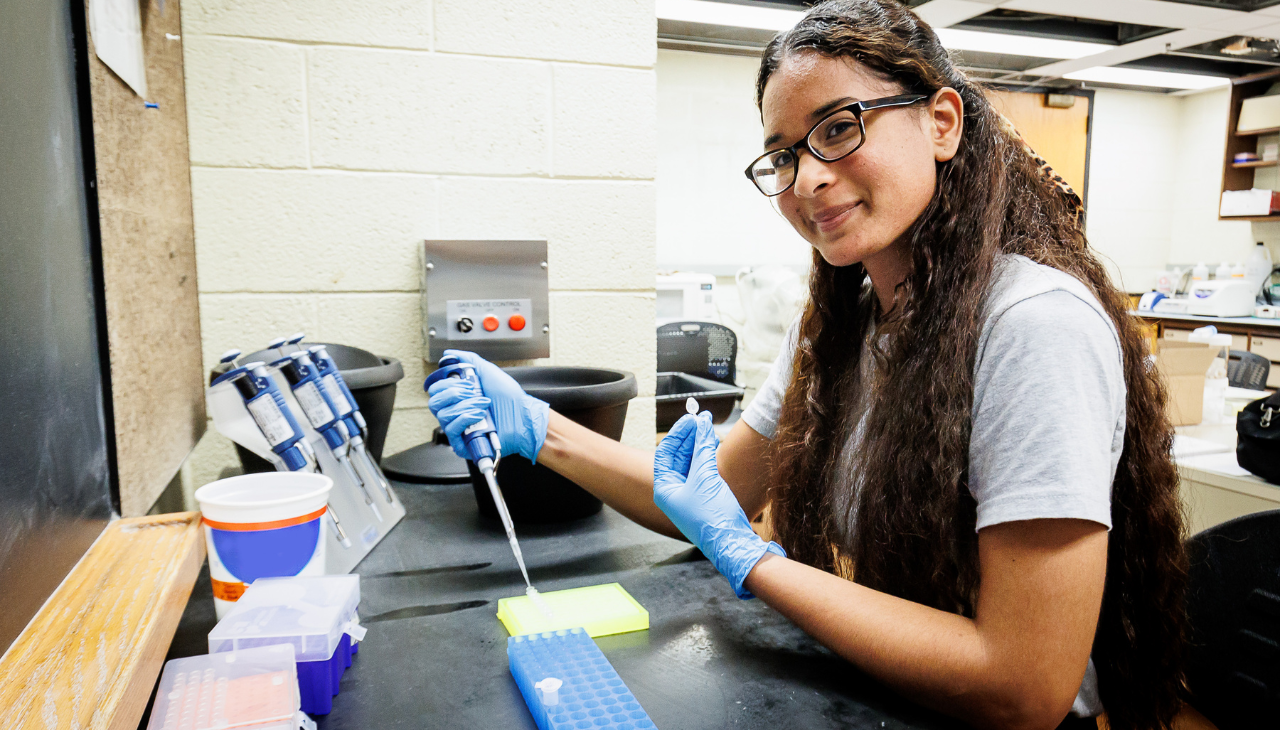
New Archaeological Discoveries Rewrite Agricultural History and Highlight China as a Center of Innovation in Rice Cultivation
By Alajndra Legarda
Archaeological and genetic findings have rewritten agricultural history by identifying China as the origin of rice cultivation over 100,000 years ago. Researchers traced the first domesticated rice varieties to the humid, subtropical regions of southern China, highlighting China's early role in agricultural innovation. This discovery underscores the importance of rice as a staple food that has sustained civilizations for millennia and provides new insights into the spread of agricultural practices across Asia and the world.
CONTENIDO RELACIONADO
After rice was domesticated in China, it spread to other Asian countries, starting with Southeast Asia. It is believed that rice cultivation reached India and then spread to other regions of the continent, such as Japan and Korea. From Asia, rice continued its expansion to other parts of the world, including Africa and Europe, and finally reached the Americas with European colonization. This diffusion made rice one of the most important food crops worldwide.
According to nutritionists, rice is a beneficial food when consumed in moderation and as part of a balanced diet. It is an excellent source of energy due to its high content of complex carbohydrates, and brown rice, in particular, offers more fiber, vitamins, and minerals compared to white rice. However, it is recommended to combine rice with other sources of protein, vegetables, and healthy fats for a more complete nutrition. It is important to vary the diet to take advantage of all the necessary nutrients.










DEJE UN COMENTARIO:
¡Únete a la discusión! Deja un comentario.